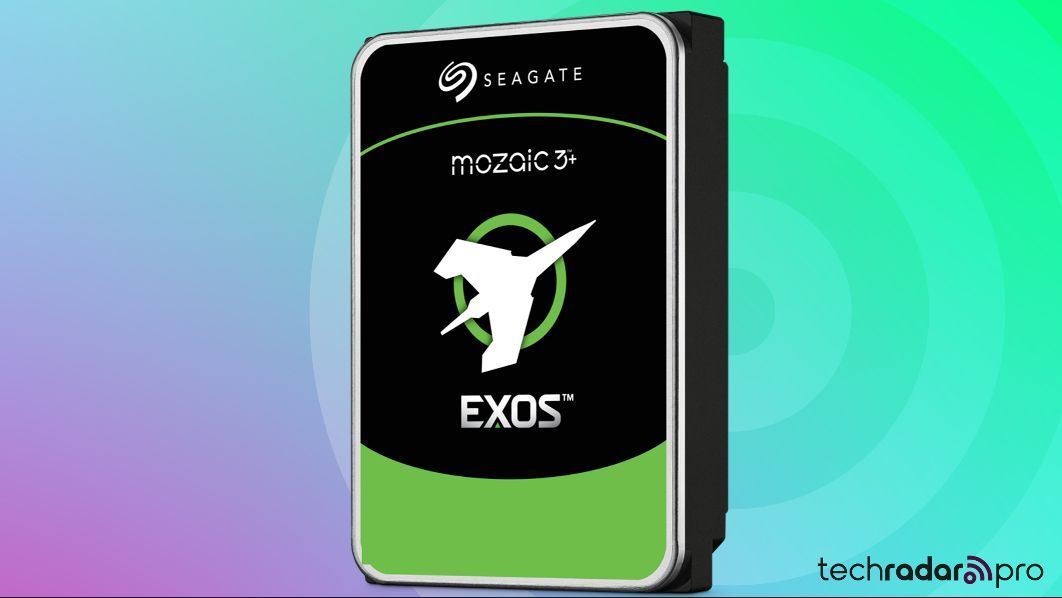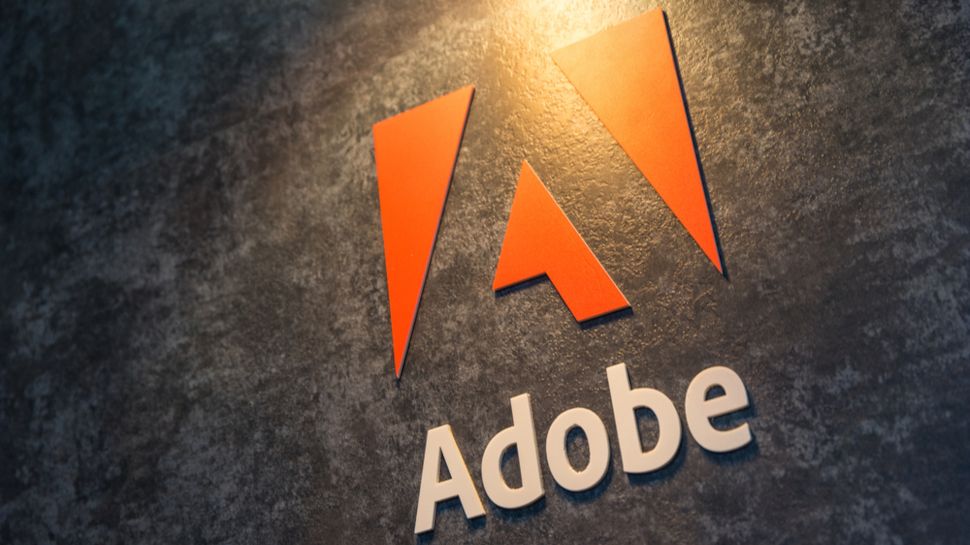Seagate has been firing on all cylinders in January 2024 when it launched the world's first 30TB hard drive (and the largest hard drive ever produced), the Exos X Mosaic 3+with the promise of much more to come, including a 50TB hard drive (more on this later).
Many of you may not know this, but it won't be Seagate's first 50TB+ storage device (ed: check out our list of best hard drives right now).
In August 2016, the storage company demonstrated a 60TB SSD at the Flash Memory Summit, yes, that was almost eight years ago, one that would have easily gotten a place on our best SSD guide). The unnamed drive had a 3.5-inch form factor, the same as hard drives, a SAS (Serial Connected SCSI) interface, and featured Micron's ultra-dense NAND technology, reaching what was then a new low in power efficiency. (4 TB per watt). or 15W to power the entire device).
they all go
Seagate has remained silent on the trip since then, and for the first time, I was able to get an official statement from the company about what could have been a game-changer back in the day.
A Seagate spokesperson told me: “Over time and given constraints, all companies have to make decisions regarding their priorities. For example, we saw a lot of roadmap reprioritization during the last economic crisis. It made sense for We reassessed our priorities because the environment was very dynamic at the time, including some industry consolidation that forced reassessments across the board. Therefore, we focused on where we have our greatest advantage. Our identity has always been a technology leader. of hard drive storage. Considering that SSD storage is still more expensive than hard drives by a ratio of about 5:1 per TB, our decision to focus on innovation in areal density for hard drives makes good sense commercial for us.”
So there you have it: it came down to playing to your strengths rather than running after technology where you don't have a unique selling point (Seagate used Micron NAND back then). Western Digital's acquisition of Sandisk – announced in October 2015, just 10 months earlier – could have been the catalyst for that decision. Sandisk brought NAND manufacturing capabilities to Western Digital, Seagate's HDD archrival, allowing for vertical integration and economies of scale, something Seagate couldn't match.
Vertical integration is the key here. During a conversation I had with BS Teh, executive vice president and chief commercial officer of the company before the launch of Exos . The company does not use Resonac, the world leader in hard drive platters, but instead relies on its own technology.
That may explain why Seagate has delayed the launch of its 50TB hard drive to a 24-month window (2027 to 2028), rather than the original schedule (2026). What comes next? Well, Seagate's BS Teh has confirmed that hard drive platters with capacities greater than 5TB will come next, which could mean 6TB (or 60TB hard drive, if using 10 platters) in 2029. For that to happen, a massive improvement in the actual area would be required. density, measured in Tb per square inch; the current record holder is Seagate's own 30TB drive at 1.742Tb/si.









